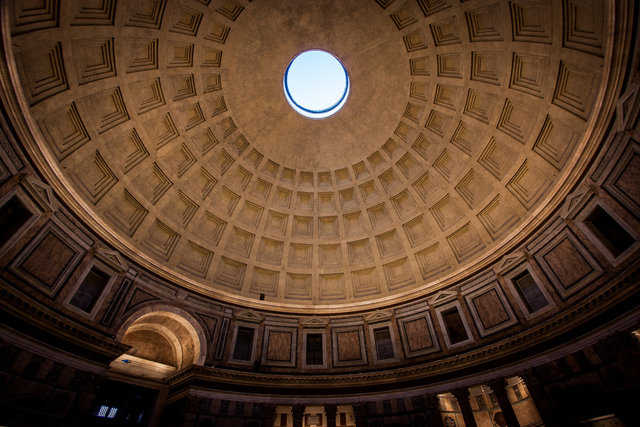The Birth of the Monolithic Dome—A Closer Look

From the very first thoughts of geodesic domes to the invention of the Monolithic Dome and finally the Crenosphere, read the personal story of the history of the Monolithic Dome as told by David B. South in his latest President’s Sphere.




